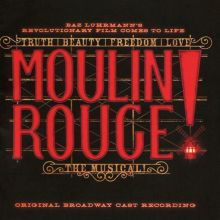Stage & Screen
•
Cast Recordings
Musical Theater
Modern musical theater has its roots in the 19th century minstrel shows, as well as a number of imported forms including French vaudeville, and the Viennese and English operettas written by composers like Gilbert and Sullivan. Early musical theater split into three main groups, musical comedy, which featured simple songs and everyday characters, the revue, which used a variety format, and American versions of the operetta, which had more complex musical compositions and usually featured romantic themes. Musical theater in the first few decades of the 20th century relied on huge stars like Al Jolson and Fanny Brice to propel it to profitability, and the entertainment industry became centralized in New York, giving rise to the Broadway theater scene, where musicals flourished. Show Boat, which opened in 1928, helped usher in a new standard for the integration of character, story and music in musicals which would be met and surpassed during the musical's golden age - a period which would last until the late '50s and feature great composers like Leonard Bernstein, Rogers and Hammerstein, George and Ira Gershwin and Rodgers and Hart. The musical made a major impact on films from the early days of the talkies, through the end of its golden age, and stars like Gene Kelly, Fred Astaire, Ginger Rogers, Ethel Merman and Mary Martin helped spread its popularity across the whole country.
Musical theater post-1960 featured both a revival of classic shows and the creation of new works that build upon and challenge the conventions of traditional musical theater. The huge productions of Andrew Lloyd Weber drew international crowds, while the work of Bob Fosse echoed back to the smaller productions of the 20s (while also drawing fairly substantial crowds). New York remained the heart of musical theater, but shows toured frequently and cities like London and Chicago also developed original shows that made major impacts.
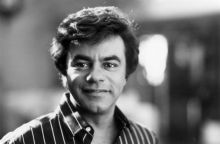
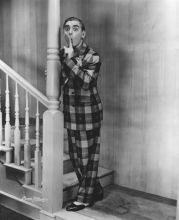
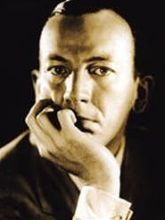
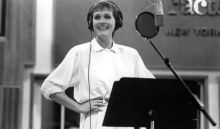

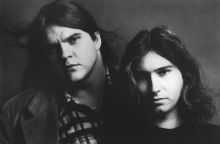


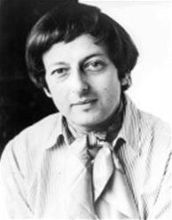


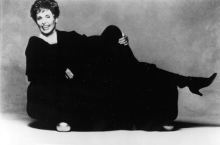
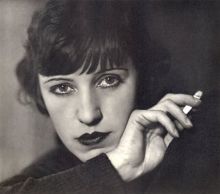

![Jesus Christ Superstar [Original Cast Recording]](https://fastly-s3.allmusic.com/release/mr0005465162/front/220/CyprdsrCYWBR6LBukkRwuYAf7E_1E-2MlBBPmPAXRBU=.jpg)
![Hamilton: An American Musical [Original Broadway Cast Recording]](https://fastly-s3.allmusic.com/release/mr0004449925/front/220/8GAhsr0QK133HfVujdNH49_M69_UI9rrJSVvWL2-yAg=.jpg)
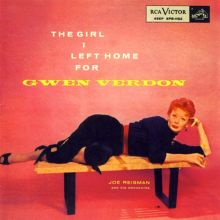
![Carousel [1965 Broadway Revival Cast]](https://fastly-s3.allmusic.com/release/mr0002852099/front/220/CK0wKnUjPmAB0yztuCyldT6KsMttLlyBmmVTZ6_CLs0=.jpg)
![The Boy Friend [Original Broadway Cast]](https://fastly-s3.allmusic.com/release/mr0002076920/front/220/k7117V5euNgWHyHSDCy7RB_TZlp6n_cq-Emr2zx15tU=.jpg)
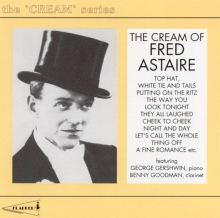
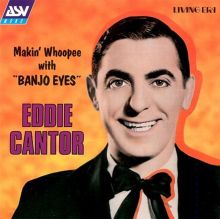
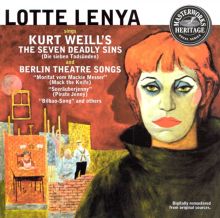
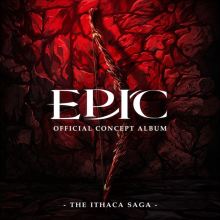
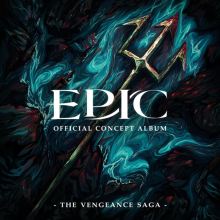
![Rodgers & Hammerstein's Oklahoma! [World Premiere Complete Recording] [Chandos]](https://fastly-s3.allmusic.com/release/mr0006089096/front/220/HYK-oN3HHyEdZm7gfldt9N_M69_UI9rrJSVvWL2-yAg=.jpg)
